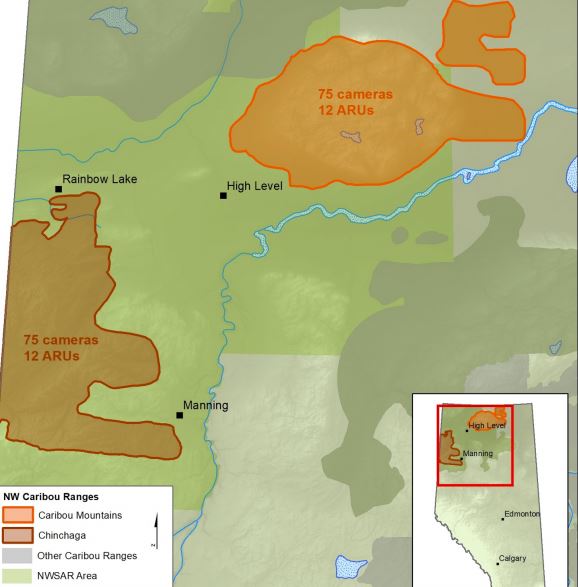
Wildlife research project described as “unique and collaborative” underway
Some trappers and municipalities in the Peace Country are working with two groups on some new research.
They are working with Northwest Species at Risk and the Alberta Biodiversity Monitoring Institute on a project that uses cameras and recorders to monitor wildlife, especially at-risk species like the Woodland Caribou.
Hayley Gavin with the Species at Risk group says they decided to do this research because previous data was out-of-date.
“When the government released a recovery plan for the boreal caribou, there were quite a lot of people that were upset and not really believing that the data that was being used was as accurate as it could be.”

